
 View Cart
View Cart

Bracelets
We estimate shipping costs, you will be reimbursed the difference after shipping.




About Sarah Coventry
Founded in 1949 by Charles Stuart, who named his costume-
Also unlike its competitors, Sarah Coventry did not focus on getting prime counter space in department stores or selling its wares to Hollywood movie stars. Stuart’s approach was more grassroots, using house parties (a la Tupperware and Avon) to get people talking about his affordable jewelry. He also gave his costume jewelry away to contestants on game shows and at beauty pageants. The word of mouth that resulted from this marketing strategy made Sarah Coventry one of the most popular jewelry brands of the mid-


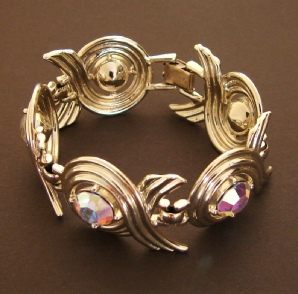

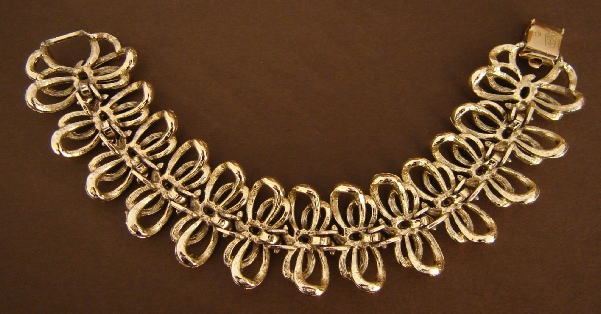


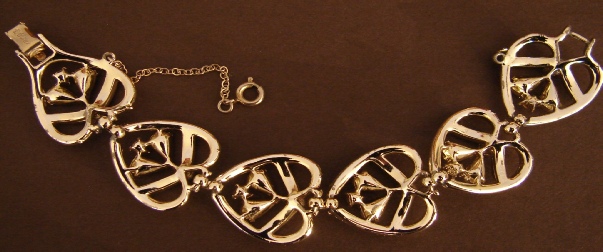


.jpg)
.jpg)

.jpg)

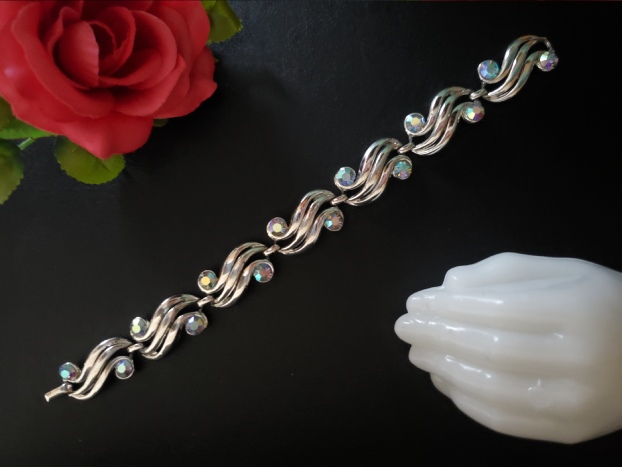
.jpg)
.jpg)
.jpg)
About CORO
Coro, a partnership between Emanuel Cohn (the "Co") and Carl Rosenberg (the "ro"), began producing jewelry in New York circa 1901 and continued through the 1970s under the marks Coro, Coro Craft (later Corocraft 1937), and Vendome (1944), among others. Although Vendome was the company's high-
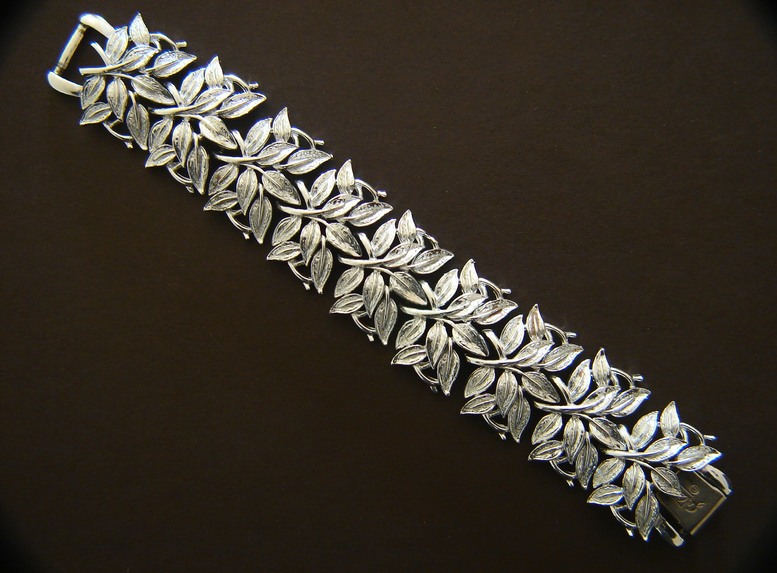








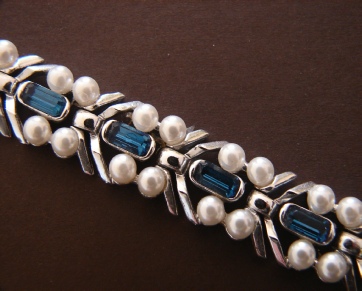



About Trifari
Since the 1920s, Trifari has been one of the most respected and admired producers of costume jewelry in the United States. Founded in the 1910s by Gustavo Trifari, the Italian-



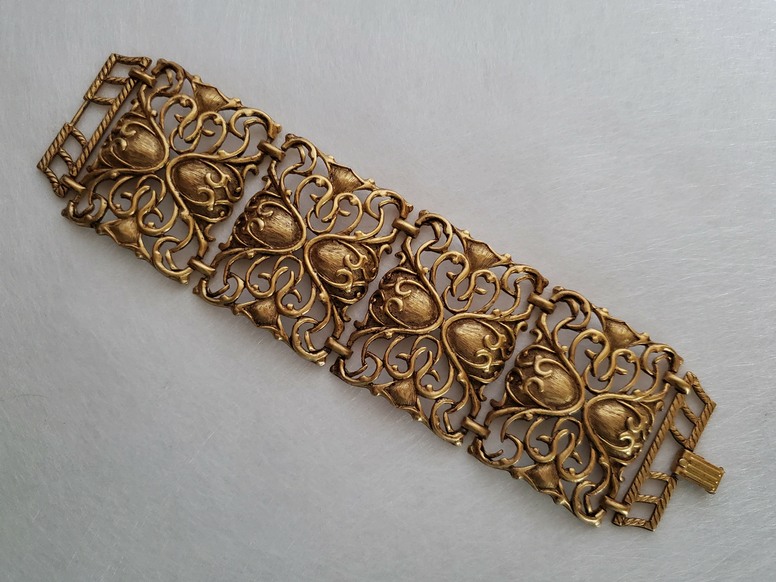



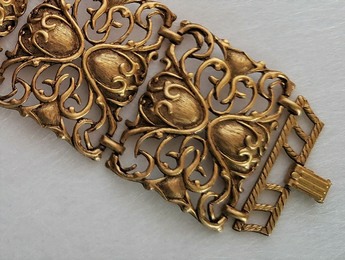
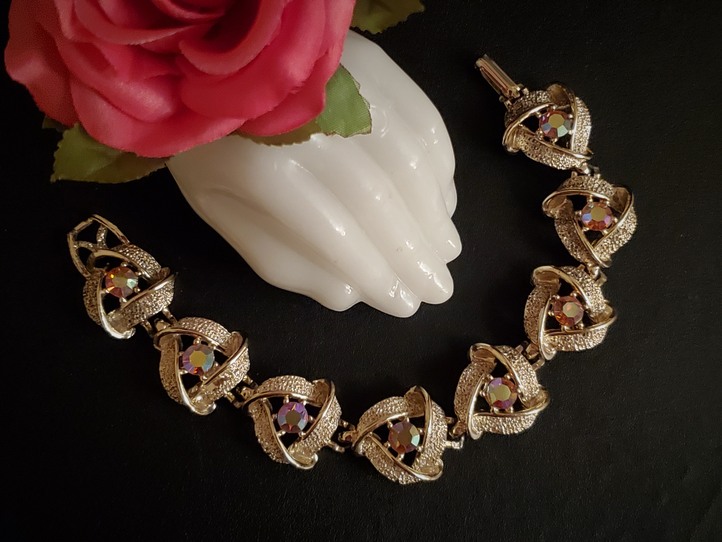

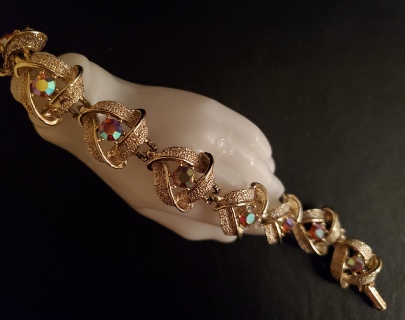
.jpg)

About Lisner
For nearly 30 years after its 1904 founding, Lisner imported and sold Elsa Schiaparelli's Parisian jewelry in the United States. In the '30s, the company achieved a higher profile by finally selling its own designs that employed Dupont's new colored acrylic plastic called Lucite, as well as clear and colored rhinestones (particularly aurora borealis) and lava stones, as well as chromed, silver-



About Napier
Though the history of Napier goes back to the late 19th-


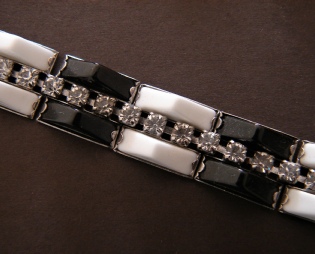











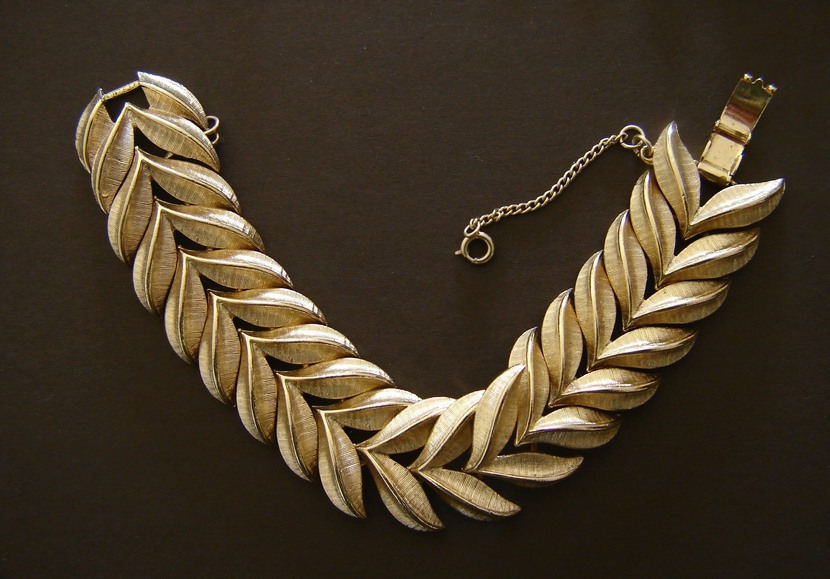
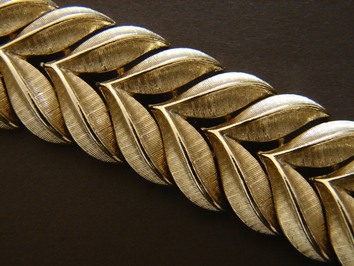

Costume Jewelry, Beyond June Cleaver by Tamara Bradshaw
Most women own at least a few pieces of costume jewelry, perhaps received as hand-

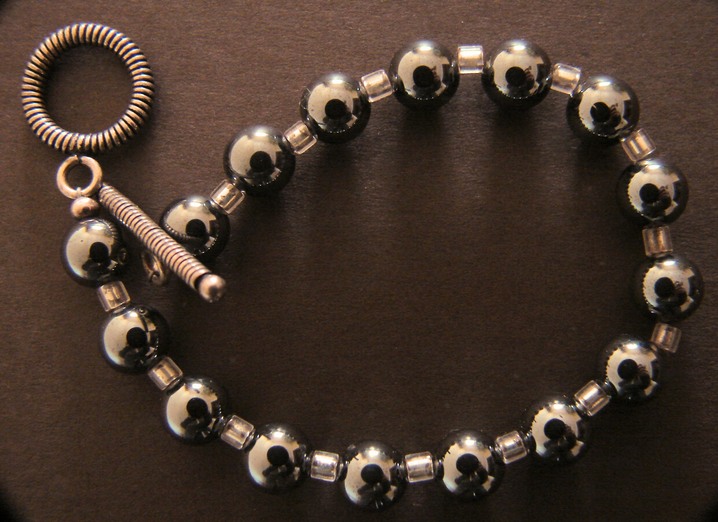
About Kramer
Founded in New York City at the height of World War II, Kramer Jewelry Creations produced intricate and artistic pieces out of gilt metal, rhinestones, glass, and enamel. Louis Kramer, who started the company in 1943, was later joined by his brothers, Morris and Harry, as he tapped into the burgeoning costume-
About Weiss
Before Albert Weiss founded his own costume-

.jpg)
.jpg)
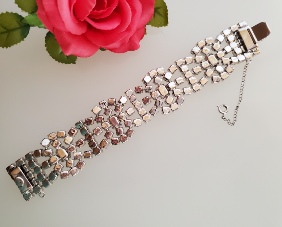
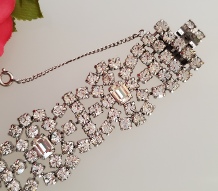
.jpg)
About Gale
Gale Creations, Inc., New York, New York was organized in 1955; it is not known when it was closed or sold. Gale signed jewelry is rare and very hard to find, either is was not produced in large quantities or pieces were marked with only a paper label.